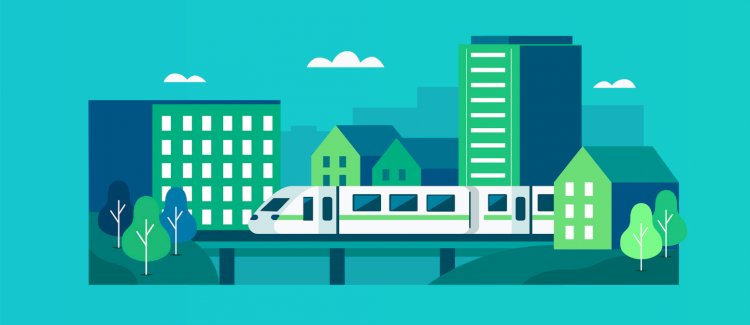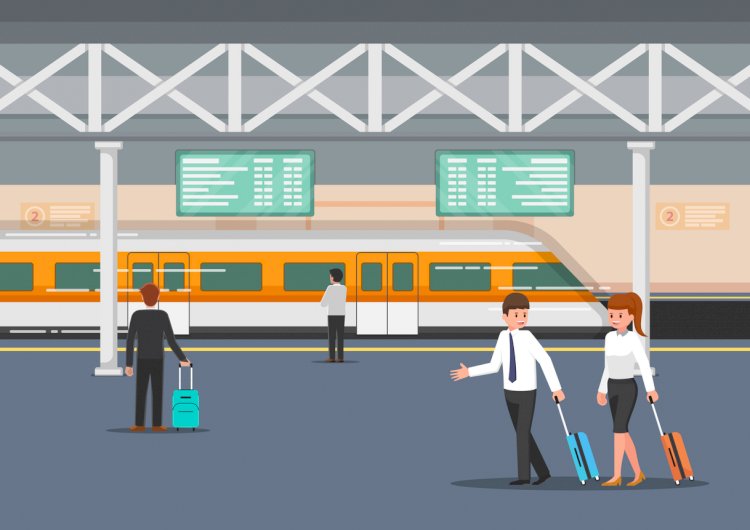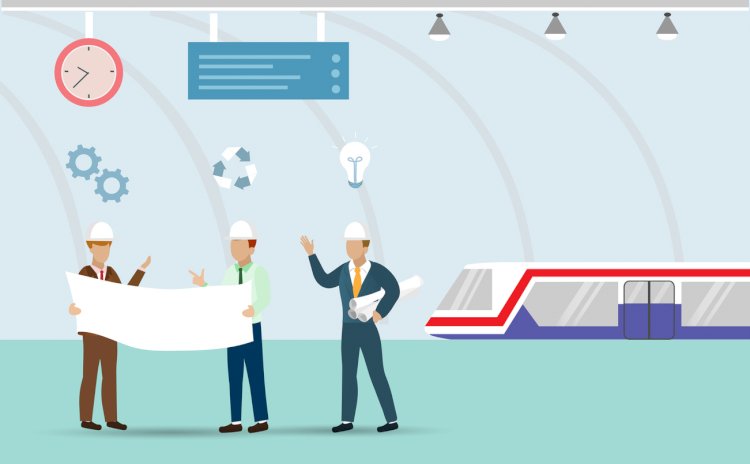From Self-Driving Cars To Self-Driving Metros: Here Are Some Perks Of Having Driverless Train
As technology improves, more cities are opting towards automating services including the driving industry. But, having a driverless train? Is that even possible? Well, yes it is! In January 2019, a test was launched on the Toyko’s Yamanote line where a driverless train made multiple stops on their metro without human assistance. This was possible, using high technology to operate the train assisting people in reaching their designated stations. Another example of where technology has taken over in the driver industry is Tesla's self-driving cars. The brand is known for its self-driving cars and has become more popular over the past couple of years.

As technology improves, more cities are opting towards automating services including the driving industry. But, having a driverless train? Is that even possible?
Well, yes it is! In January 2019, a test was launched on the Toyko’s Yamanote line where a driverless train made multiple stops on their metro without human assistance. This was possible, using high technology to operate the train assisting people in reaching their designated stations. Another example of where technology has taken over in the driver industry is Tesla's self-driving cars. The brand is known for its self-driving cars and has become more popular over the past couple of years.
Wondering what the difference between Tesla and driverless trains is? To give a small comparison, Tesla’s self-driving cars require a person to sit in the driver’s seat and must consent that the driver will be responsible while using autopilot mode.
Whereas, the driverless trains in Tokyo do not require any human assistance to be physically in the conduction room or have any human assistance involved on the driverless train as a whole. Of course, these are both innovative solutions that will help the future, but what are some perks of having a driverless train?
To Increase Safety For Passengers And Traffic Flow Between Trains:

By having driverless trains, it increases safety for passengers and traffic flow between trains that will eventually cross each other between tracks.
Driverless trains have the ability to control the speed of how fast or slow the train will go.
They can control when the train will switch tracks between other trains in operation, as it is set up and timed automatically by technology.
This increases reassurance for passengers to believe that the train is driven safely to its destination and instills more trust or faith in the future innovation of technology.
Improves Travel Time To Destinations:
Using self-driving trains can also improve travel time since trains are controlled automatically. It can be programmed to travel to certain stations and destinations without any traffic delay because trains will be controlled by technology rather than humans.
Self-driving trains are automatic, hence offers greater flexibility for a longer timetable. Trains are able to operate longer and more frequently to better match with rush hour and off-peak hours. This offers a better service for passengers and increases riders during off-peak hours.
Driverless trains can already predict when the train will arrive at the destination, therefore, giving passengers a real-time update on when trains will arrive or leave the stations. Passengers can also automatically assume that the train will never be late due to the increased reliance on the operations of driverless train conductors.
Reduces Operational Cost:
With driverless trains, there is the ability to reduce operational costs. It can reduce the amount of staff that are on the trains and they can be redirected to other jobs in customer service or non-automated lines. The system is capable of operating without any members or staff present on the train. Therefore reducing operating costs can help reduce train fares for riders.
Additionally, this could increase the overall sales due to its affordability for passengers looking to commute to their desired destination. Also, cities will see an increase in the number of bulk pass sales because of its convenient pricing and have people switch to riding the train rather than using alternative means of transportation.
Increases Employment Opportunities:

Operating driverless trains will increase the employment of those who design the driverless trains, such as engineers, and automatic operators of driverless trains such as programmers.
It also increases employment in those who specialize in public health safety to help engineers design and create driverless trains.
Furthermore, in some cities like Nüremberg in Germany, there hasn’t been a decline in staffing numbers despite the automation of metro services.
Drivers have been reoriented to other jobs, like non-automated lines.
Of course, these are only some of the perks of having driverless trains and not all of the benefits. By having driverless trains, we can increase safe driving and that passengers will arrive at their destinations safely, improving residents’ trust in wanting a smarter city.
So, have you taken a driverless train? Let us know your experience in the comments below.
Smart City Management Technology for Modern Cities
With technology becoming more popular and advanced, cities must be able to integrate the usage of technology to help the cities run more efficiently, increase the safety of the city and its residents, and help residents make decisions that are involved in their daily lives.
With Tomo, you can learn more about what goes on in your city in real-time, and would be beneficial to both the government and its residents to make smart choices to improve their lives by creating solutions that are built around people and not technology. Read more about Tomo

 contact@atassist.com
contact@atassist.com 





